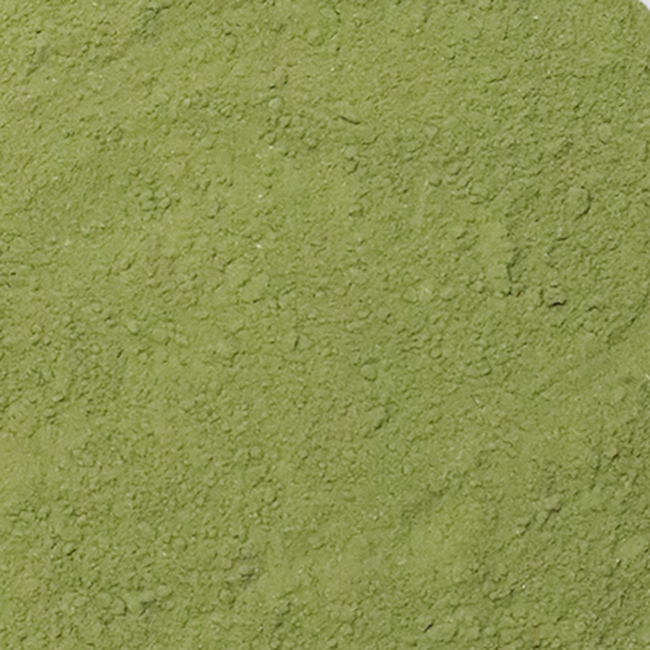Ten common soil diseases in farmland
Decreased soil organic matter content Soil organic matter reduction causes a series of soil problems, soil acidification and secondary salinization, soil structure destruction, low soil fertility, and increased soil-borne diseases. Soil structure destruction and compaction are caused by lack of organic fertilizer, unreasonable farming, and unreasonable irrigation. The large-scale application of chemical fertilizers exacerbates the destruction of the soil aggregate structure, resulting in more severe soil compaction and a direct impact on the soil. Vitality and self-regulation. Acidification of soils Acidification of soils is mainly due to the excessive use of chemical nitrogen fertilizers and physiological acid fertilizers, resulting in increased acidity in the soil and acidification of the soil. Acidification of soil will cause the loss of soil nutrients, the activation of harmful heavy metals in the soil, the increase of harmful microorganisms, especially parasitic fungi, accelerating soil leanness and soil-borne diseases. Secondary salinization of soil due to the long-term excessive use of chemical fertilizers, so that the accumulation of salt in the soil, nitrate accumulation even worse, the formation of soil surface level of salt alkalization. It affects seed germination, impedes the absorption of nutrients, impedes the absorption of nutrients, causes poor crop growth, causes physiological droughts, causes malabsorption of nutrients, destroys soil structure, and may even lead to salt damage and death. The proportion of N, P and K elements in soil is imbalanced, and there is a serious shortage of medium and trace elements. In the daily management, most farmers do not apply fertilizer in proportion, often only applying large amounts of N and P fertilizers, resulting in lack of potassium, and long-term application of trace element fertilizers, causing soil Trace elements are depleted, a large proportion of N, P, and K in the soil is imbalanced, and the ratio of nutrients between large amounts of elements and trace elements is out of balance. Excessive use of fertilizers, pesticides, and agricultural film residues in agricultural soil pollution, untreated organic fertilizer contamination, and continuous cropping and disease and insect pathogen contamination will “overflow†once they exceed the ability of the soil to self-purify. This will result in unbalanced soil ecology, large numbers of beneficial soil organisms and beneficial microorganisms, reduced soil biological population, deterioration of soil physical and chemical biological properties, decreased soil activity, deterioration of soil functions, and loss of agricultural use value. The "soil disease" caused by the continuous cropping of crops continuously cultivates one or the same crop in the soil. Because the micro-nutrient elements required for the crop are lacking due to continuous absorption, the corresponding pathogens are also propagated year after year in the soil. A large number of accumulated, but also the secretion of the former crop roots as a result of accumulation of toxic substances and the formation of diseased soil. Soil Erosion Soil erosion in farmland is mainly due to excessive cultivation of farmers, and many slopes have been turned into farmland. Especially in slopes with gradients above 15 degrees, soil erosion is extremely serious, year after year. After reclamation, conservation tillage was not implemented, such as changing slopes, leveling cultivation, hedgerow protection, etc., but arbitrarily digging and cultivating land, which not only caused erosion, but also exacerbated wind erosion and water erosion. Long-term soil erosion will inevitably lead to desertification of the soil and reduce the ability to retain water and fertility. Facility Agriculture The comprehensive soil disease facilities cultivation is under full-season or season-season environment, due to high intensification, high multiple cropping index, high fertilizer input, high pesticide dosage, high-intensity high-frequency artificial interference, excessive fertilization, excessive irrigation, Over-cultivation and trampling, the soil is in a state of high temperature and humidity for a long time
Babies eat seaweed powder can supplement a variety of vitamins and minerals. Seaweed is rich in vitamin B, especially riboflavin and niacin, and also contains vitamin A, vitamin E, vitamin C, as well as calcium, iron, zinc, potassium, selenium, iodine and other trace elements required for growth and development. The baby grows and develops rapidly, and a comprehensive nutritional supply is the cornerstone of the baby's growth and development. Seaweed powder is rich in nutrients, convenient to take, good in taste, and easy to digest and absorb. It is the first choice for baby food supplements.
Sea Sedge Powder,Dried Sea Sedge Powder,Dehydrated Sea Sedge Powder,Freeze Dried Sea Sea Sedge Powder Topower Technology Limited , https://www.topower-foods.com
